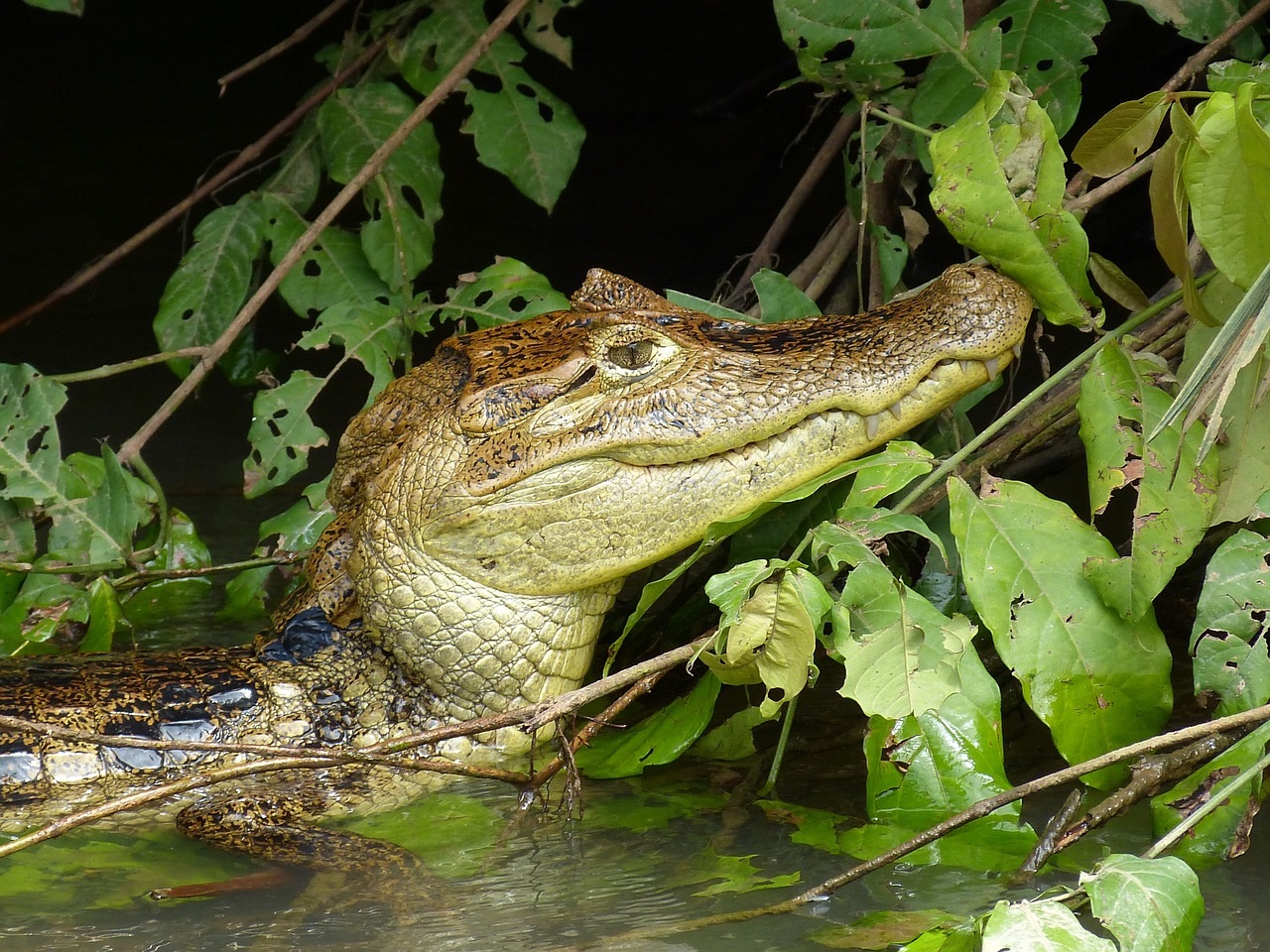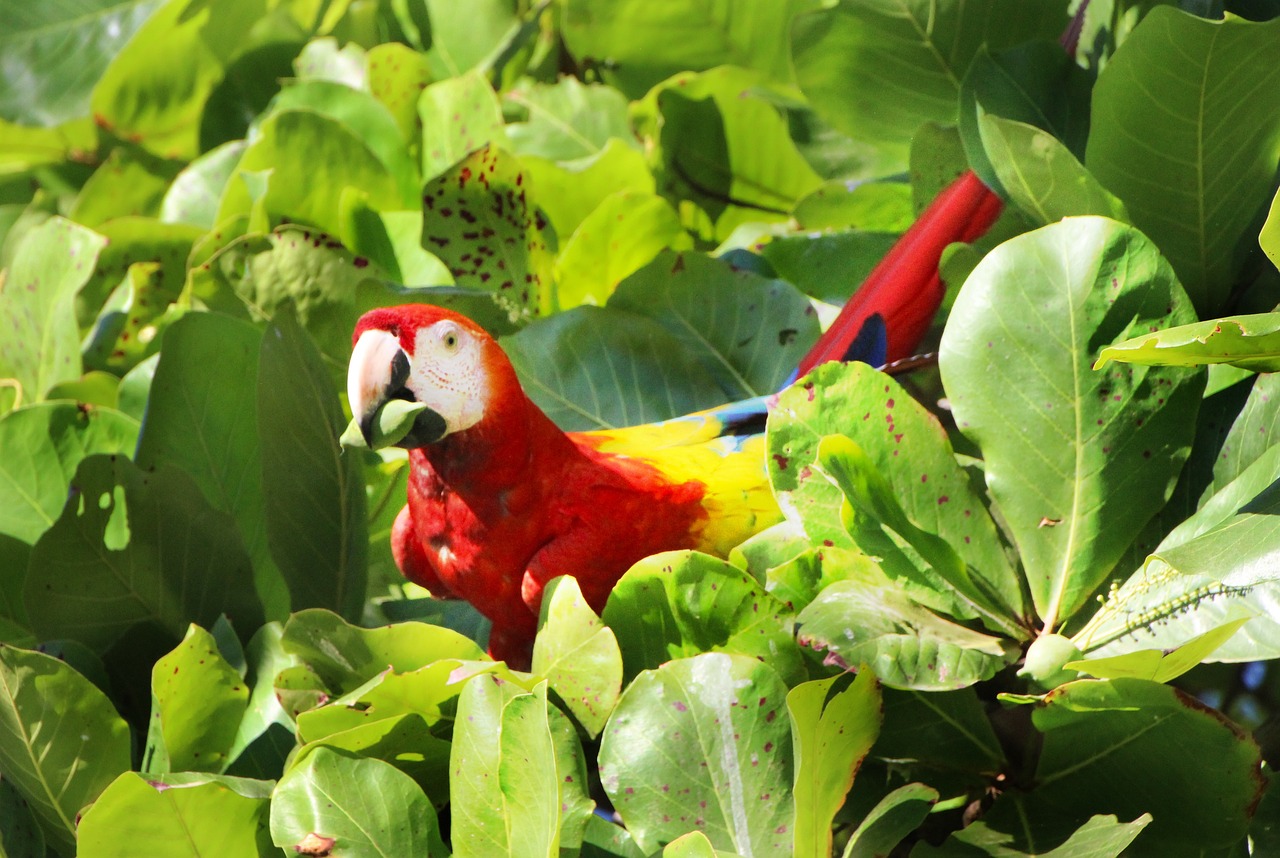Exploring Local Arts and Hobbies in Costa Rica
Costa Rica is not only known for its stunning natural beauty but also for its vibrant arts and rich cultural heritage. From traditional crafts to contemporary art, this small Central American country offers a diverse range of artistic expressions. Whether you’re a local or a visitor, exploring the local arts and hobbies in Costa Rica is a fascinating way to immerse yourself in the country’s unique culture. In this article, we will take you on a journey through twelve sections, each highlighting a different aspect of Costa Rica’s local arts and hobbies.
Section 1: Traditional Handicrafts
Costa Rica is home to a wide variety of traditional handicrafts that showcase the country’s rich cultural heritage. Here are some popular examples:
- Chorotega Pottery: Chorotega pottery is a traditional craft that dates back to pre-Columbian times. The pottery is characterized by its intricate designs and vibrant colors.
- Sarchi Ox Carts: Sarchi, a town located in the Central Valley of Costa Rica, is famous for its colorful ox carts. These carts are hand-painted with intricate designs and are considered a symbol of Costa Rican culture.
- Güiro: The güiro is a musical instrument made from a hollowed-out gourd. It is often decorated with carved designs and is commonly used in traditional Costa Rican music.
- Masks: Traditional masks play an important role in Costa Rican folklore and religious celebrations. They are often made from wood and depict various characters and animals.
Costa Rica Image 1:

Section 2: Contemporary Art Galleries
In addition to traditional handicrafts, Costa Rica also has a thriving contemporary art scene. The country is home to numerous art galleries that showcase the works of local and international artists. Here are a few notable galleries to visit:
- Museum of Contemporary Art and Design (MADC): Located in San Jose, the MADC is one of the leading contemporary art institutions in Costa Rica. It hosts exhibitions, workshops, and lectures, promoting the work of emerging and established artists.
- Galería Namu: Situated in the heart of San Jose, Galería Namu specializes in indigenous art and crafts. The gallery features a diverse collection of paintings, sculptures, textiles, and jewelry.
- Galería Sophia Wanamaker: This gallery, located in the town of Santa Ana, showcases contemporary Costa Rican art. It regularly hosts exhibitions and art events, providing a platform for local artists to display their work.
Section 3: Coffee Plantations and Art
Costa Rica is renowned for its high-quality coffee, and many coffee plantations offer more than just a caffeine fix. Some plantations also incorporate art and cultural experiences into their tours. Here are a few examples:
- Doka Estate Coffee Tour: The Doka Estate Coffee Tour, located in Alajuela, not only offers a fascinating insight into the coffee-making process but also includes a visit to the estate’s art gallery. The gallery showcases local artwork inspired by Costa Rican coffee culture.
- Finca Rosa Blanca Coffee Plantation and Inn: This sustainable coffee plantation in Heredia is known for its commitment to both coffee production and the arts. The plantation features an art gallery that exhibits works by local artists.
- Tres Generaciones Coffee Tour: Located in the Central Valley, the Tres Generaciones Coffee Tour provides visitors with an opportunity to explore the coffee plantation and learn about the history of coffee in Costa Rica. The tour also includes a visit to the on-site art gallery, which displays a collection of local artwork.
Costa Rica Image 2:

Section 4: Traditional Dance and Music
Traditional dance and music are an integral part of Costa Rican culture. They reflect the country’s diverse heritage and are performed during festivals and special occasions. Here are some traditional dance and music forms to explore:
- Marimba: The marimba is a traditional musical instrument made of wooden bars and played with mallets. It is often accompanied by other instruments such as drums and guitars. Marimba music is lively and rhythmic, and it is commonly heard during celebrations and cultural events.
- Cimarrona Bands: Cimarrona bands are popular in Costa Rica and are known for their energetic performances. These bands typically consist of brass and percussion instruments and play a mix of traditional and contemporary music.
- Ballet Folklórico: Ballet Folklórico is a traditional dance form that combines elements of Spanish, African, and indigenous cultures. The dancers wear colorful costumes and perform choreographed routines that tell stories of Costa Rican folklore.
Section 5: Eco-Art and Sustainable Crafts
Costa Rica’s commitment to environmental conservation extends to its arts and crafts scene. Many local artisans create eco-friendly and sustainable products inspired by nature. Here are a few examples:
- Recycled Paper Crafts: Some artisans in Costa Rica use recycled paper to create beautiful handicrafts such as journals, greeting cards, and decorative items.
- Bamboo Crafts: Bamboo is a sustainable material that is often used to make various crafts, including furniture, baskets, and musical instruments.
- Seed Jewelry: Local artisans incorporate seeds from native plants into their jewelry designs, creating unique and environmentally-friendly accessories.
Section 6: Street Art and Murals
Costa Rica’s cities are adorned with vibrant street art and murals, adding a touch of creativity to the urban landscape. Here are a few places to explore street art in Costa Rica:
- Barrio Escalante, San Jose: Barrio Escalante is known for its lively food and arts scene. The neighborhood is home to numerous murals and street art pieces, showcasing the talent of local artists.
- Jaco Beach: Jaco Beach is a popular tourist destination that also boasts a vibrant street art scene. Take a stroll through the town and discover colorful murals adorning the walls of buildings.
- Puerto Viejo: Located on the Caribbean coast, Puerto Viejo is known for its laid-back atmosphere and stunning beaches. The town also features vibrant street art, reflecting the region’s Afro-Caribbean culture.
Costa Rica Image 3:

Section 7: Traditional Mask Making Workshops
If you want to delve deeper into Costa Rican folklore, consider participating in a traditional mask making workshop. These workshops provide a hands-on experience, allowing you to create your own unique mask under the guidance of skilled artisans. Some workshops even offer insights into the cultural significance of different mask designs.
Section 8: Artisan Markets and Fairs
Costa Rica is home to vibrant artisan markets and fairs where you can discover unique handmade crafts and artworks. These markets are a great place to support local artisans and find one-of-a-kind souvenirs. Here are a few markets worth visiting:
- Feria Verde: Feria Verde, located in San Jose, is an organic farmers’ market that also features a variety of artisan stalls. Here, you can find handmade jewelry, ceramics, textiles, and more.
- Feria Nacional de Artesanías: Held annually in San Jose, the Feria Nacional de Artesanías is one of the largest craft fairs in Costa Rica. It showcases the work of artisans from all over the country, offering a wide range of traditional and contemporary crafts.
- El Pueblo Market: El Pueblo Market, situated in Escazu, is a bustling market that features a mix of artisan stalls, food vendors, and entertainment. It’s a great place to soak up the local atmosphere and browse through a variety of handmade crafts.
Section 9: Traditional Music and Dance Performances
To fully experience the richness of Costa Rican culture, attending a traditional music and dance performance is a must. These performances often take place during festivals and cultural events, showcasing the country’s diverse musical traditions and vibrant dance forms.
Section 10: Art Workshops and Retreats
If you’re looking to immerse yourself in the artistic process, consider participating in an art workshop or retreat in Costa Rica. These workshops offer a unique opportunity to learn from talented local artists, explore various techniques, and create your own artwork in a beautiful setting.
Section 11: Museums and Cultural Centers
Costa Rica is home to several museums and cultural centers that provide insights into the country’s history, art, and culture. Here are a few notable ones:
- Museo del Oro Precolombino: Located in San Jose, the Museo del Oro Precolombino (Pre-Columbian Gold Museum) houses an extensive collection of gold artifacts from pre-Columbian cultures.
- Museo de Arte Costarricense: Situated in San Jose’s La Sabana Park, the Museo de Arte Costarricense (Museum of Costa Rican Art) showcases a diverse collection of Costa Rican art, including paintings, sculptures, and photography.
- Teatro Nacional de Costa Rica: The Teatro Nacional de Costa Rica, located in San Jose, is a stunning theater that hosts a variety of cultural performances, including ballet, theater, and music.
Section 12: Traditional Cuisine and Culinary Arts
Exploring the local arts and hobbies in Costa Rica wouldn’t be complete without indulging in the country’s traditional cuisine. Costa Rican cuisine is a reflection of the country’s cultural diversity and incorporates flavors from various regions. From traditional dishes like gallo pinto (rice and beans) to savory empanadas and refreshing tropical fruits, Costa Rican cuisine is a feast for the senses.
By immersing yourself in Costa Rica’s local arts and hobbies, you’ll gain a deeper understanding of the country’s culture and heritage. From traditional handicrafts to contemporary art, there is something for everyone to explore and appreciate in this vibrant Central American nation.
References
– madc.cr (Museum of Contemporary Art and Design)
– galerianamu.com (Galería Namu)
– galeriasophiawanamaker.com (Galería Sophia Wanamaker)
– dokaestate.com (Doka Estate Coffee Tour)
– fincarosablanca.com (Finca Rosa Blanca Coffee Plantation and Inn)
– tresgeneraciones.com (Tres Generaciones Coffee Tour)
– costaricaguides.com (Costa Rica Guides)
– visitcostarica.com (Visit Costa Rica)
– elpueblomarket.com (El Pueblo Market)
– teatronacional.go.cr (Teatro Nacional de Costa Rica)


